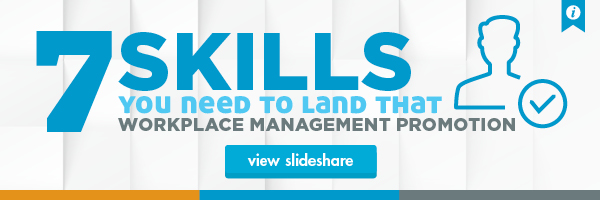How to Properly Use Hashtags on Twitter, Facebook and Instagram


You known something has taken on a life of its own when it merges from social media world to the real world. For instance, when the automatic voice operator tells you to push the pound or hash sign, it’s officially become a part of our vocabulary. Generation Z doesn’t remember a time where the # symbol was referred to as a pound sign, and its making its way across all social media channels, not just on Twitter. It’s time you learned how to effectively use the hashtag.
Hashtags were originally featured on Twitter, but now the majority of large social sites use them. But, what are they exactly? Since hashtag was added to the Webster dictionary in 2014, here is the official definition:
“A word or phrase preceded by the symbol # that classifies or categorizes the accompanying text (such as a tweet).”
But how does this impact you? A workplace leader looking to expand your audience reach through social media? Here’s your brief guide to everything you could ever want to know about hashtags and how to use them.
What is a Hashtag?
A hashtag is simply a keyword phrase, short sentence, or abbreviation, spelled out without spaces, with the (#) sign in front of it. Basically, a hashtag turns the words or phrases that follow into a searchable link. This way you can search and track all discussion topics based on the hashtag that connects them. For example, a few hashtags we use on our Twitter are #IWMS, #IFMAWW16 and #iOFFICEUC16.
They can be entered anywhere in a sentence, at the beginning middle or end. They help tie public conversations to each other, so a user can easily find multiple tweets or posts about the same topic in one sitting.
Why You Should Use Them
These little additions to your social posts do more than just categorize your topic. They help you reach an entirely new audience of potential customers. They help expand your company’s reach and allow you to find an audience that is interested in what you have to say, who may have never been able to find you before.
Hashtags are extremely helpful when you’re attending an event or want to learn more about a news related topic. You can search the hashtag and multiple sources on your desired topic will appear. You can also search hashtags on Google, and you will turn up results on both articles and social media posts containing the phrase.
Examples of hashtags:
- Events or conferences #IFMAWW16
- Breaking News #Brussels
- Holidays #MothersDay
- Trending topics #NationalPuppyDay
- General interest #Kolaches
Twitter uses hashtags to categorize tweets in one feed. It also helps bring users together who may not have found each other without the hashtag. Below is an example of what searched hashtags look like on Twitter. We’ve used #NationalPuppyDay as our sample.
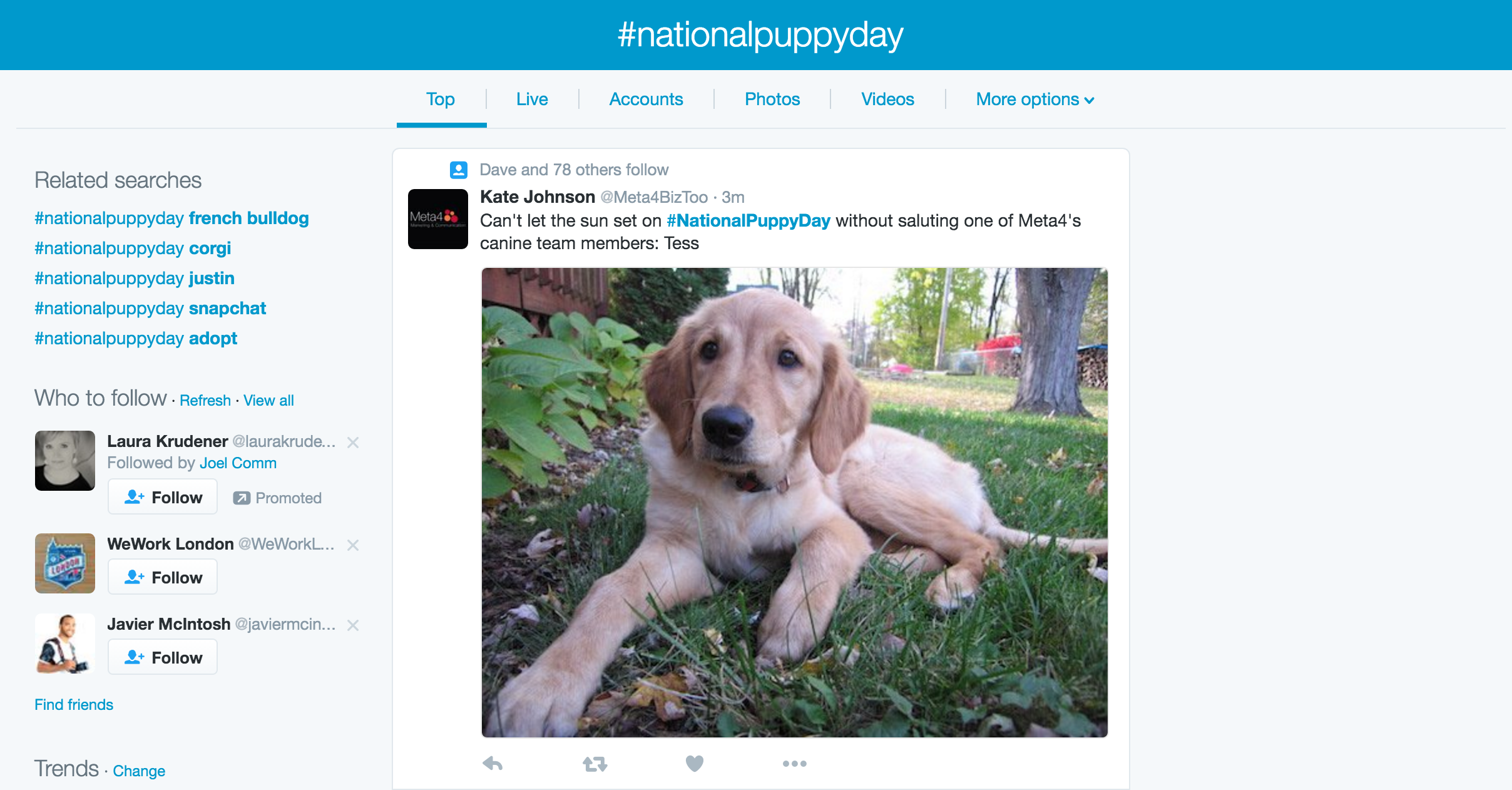
You’ll notice most of the main information is in the middle of the page. You can also search by other points from the dashboard: Top, Live, News, Photos, Videos and More Options.
- Top: Twitter’s stream of tweets that have received the most engagement, and are usually from reputable sources or accounts with many followers
- Live: This is the live stream of tweets coming from all accounts using the hashtag
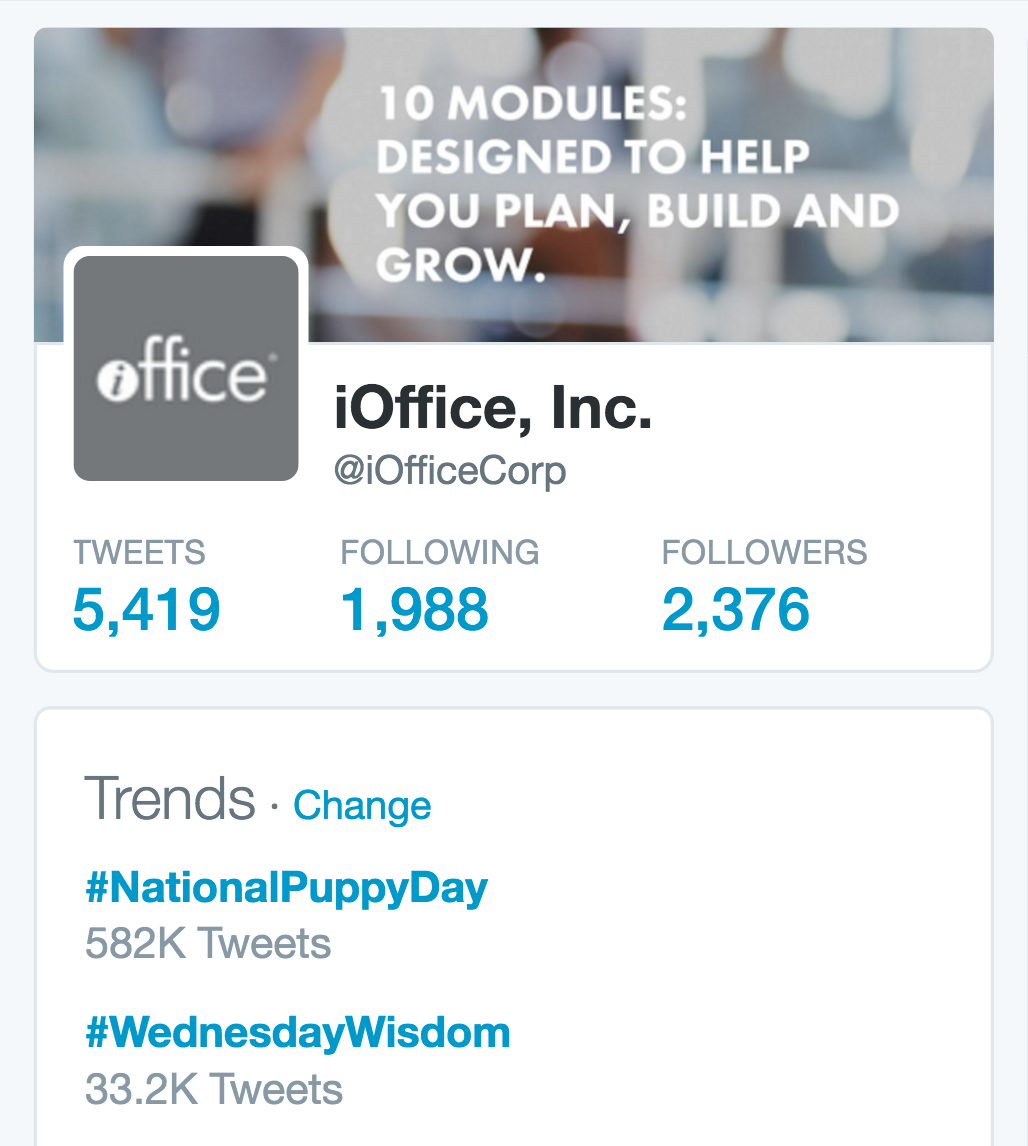 News: Also a live stream of tweets coming from news outlets or major networks
News: Also a live stream of tweets coming from news outlets or major networks- Photos: Twitter’s collage of images in tweets that use the searched hashtag
- Videos: A collection of videos in tweets that use the searched hashtag
- More Options: Twitter gives you a drop down of options to further your search by location, from accounts you know, and gives you the option to save your search for later
To look for popular hashtags simply go to the Trends section of your homepage. It’s located under your profile header, and changes daily based on your location and the topics most tweeted about that day. If you see a hashtag that relates to your industry, its a great opportunity to use it in one of your tweets. It will help you reach a broader audience and possible new tenants or customers.
The social media giant uses hashtags in the same way Twitter does, to organize and categorize posts surrounding a similar topic, event or interest. However, one big difference is users’ accessibility to hashtags on Facebook. Since most users hold private accounts, their posts are often unsearchable to anyone other than their friends. Because of this, most hashtag searches done on Facebook result in posts from large corporations or media outlets. You can still use them to promote your company’s account, it’s just something to keep in mind.
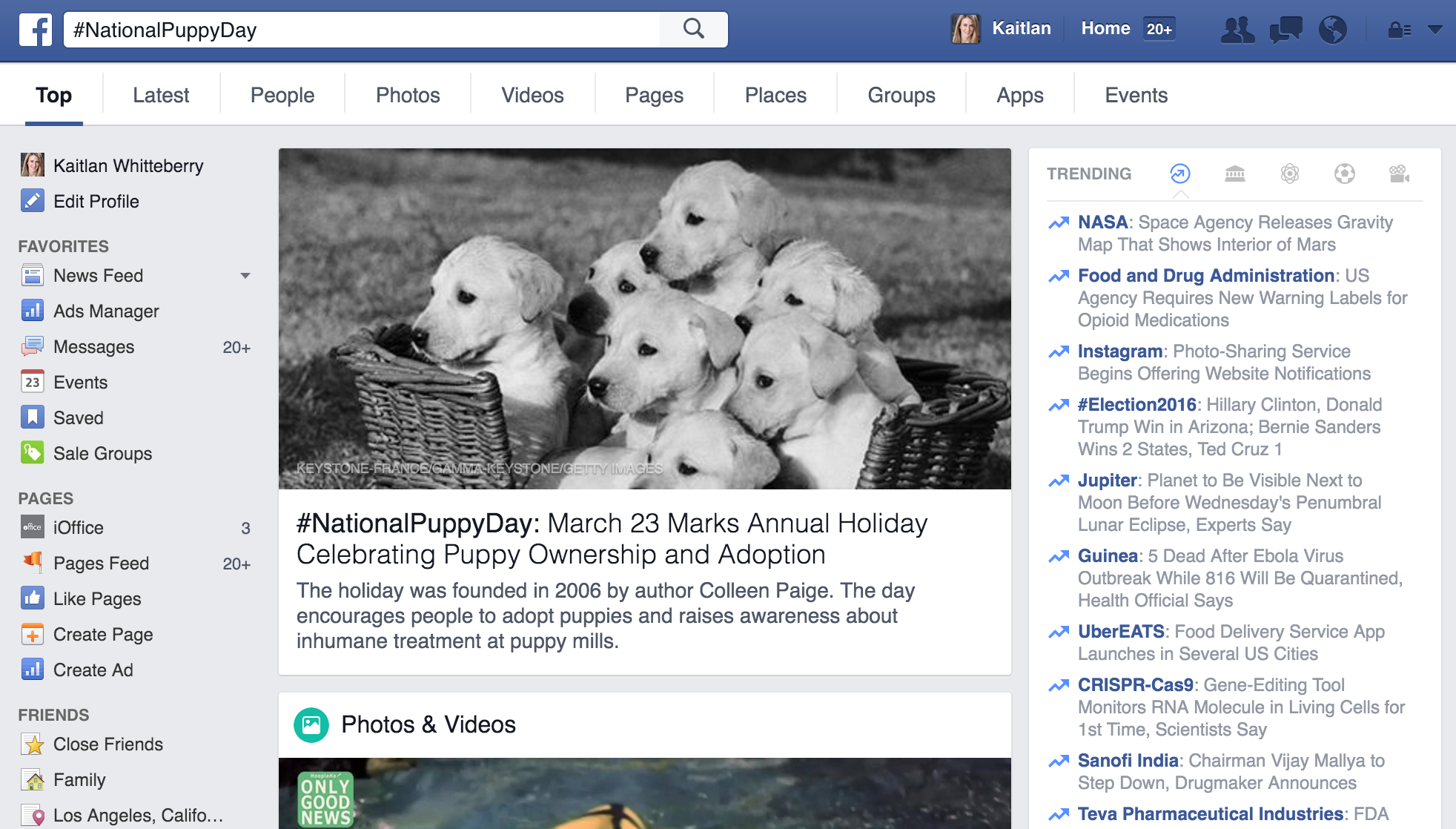
You’ll notice most of the good information in your hashtag search is in the middle of the page, but like Twitter, Facebook also splits up search results into categories.
- Top: Facebook’s stream of posts that have received the most engagement, and are usually from reputable sources or accounts with many likes
- Latest: This is the live stream of posts coming from all accounts using the hashtag
- Photos: Facebook’s collage of images in tweets that use the searched hashtag
- Videos: A collection of videos in Facebook posts that use the searched hashtag
- Pages: Company pages that have the hashtag in their page description
- People: Personal pages that have the hashtag in their page description
- Places: Place pages that has the hashtag in their page description
- Groups: Groups with a name associated with the hashtag
- Apps: Applications associated with the hashtag
- Events: Facebook events associated with the hashtag
Instagram is much cleaner to use compared to Twitter or Facebook, and their hashtag search feature is too. When using a hashtag in a post, Instagram will suggest popular or recent hashtags for you as you type out the one you want to use. It is also much more common on this site to use multiple hashtags in a single post. On the mobile version of the app, users can see trending topics in the Trending section or Explore Posts section. Hashtags are used by many small and local businesses on Instagram to find new customers.
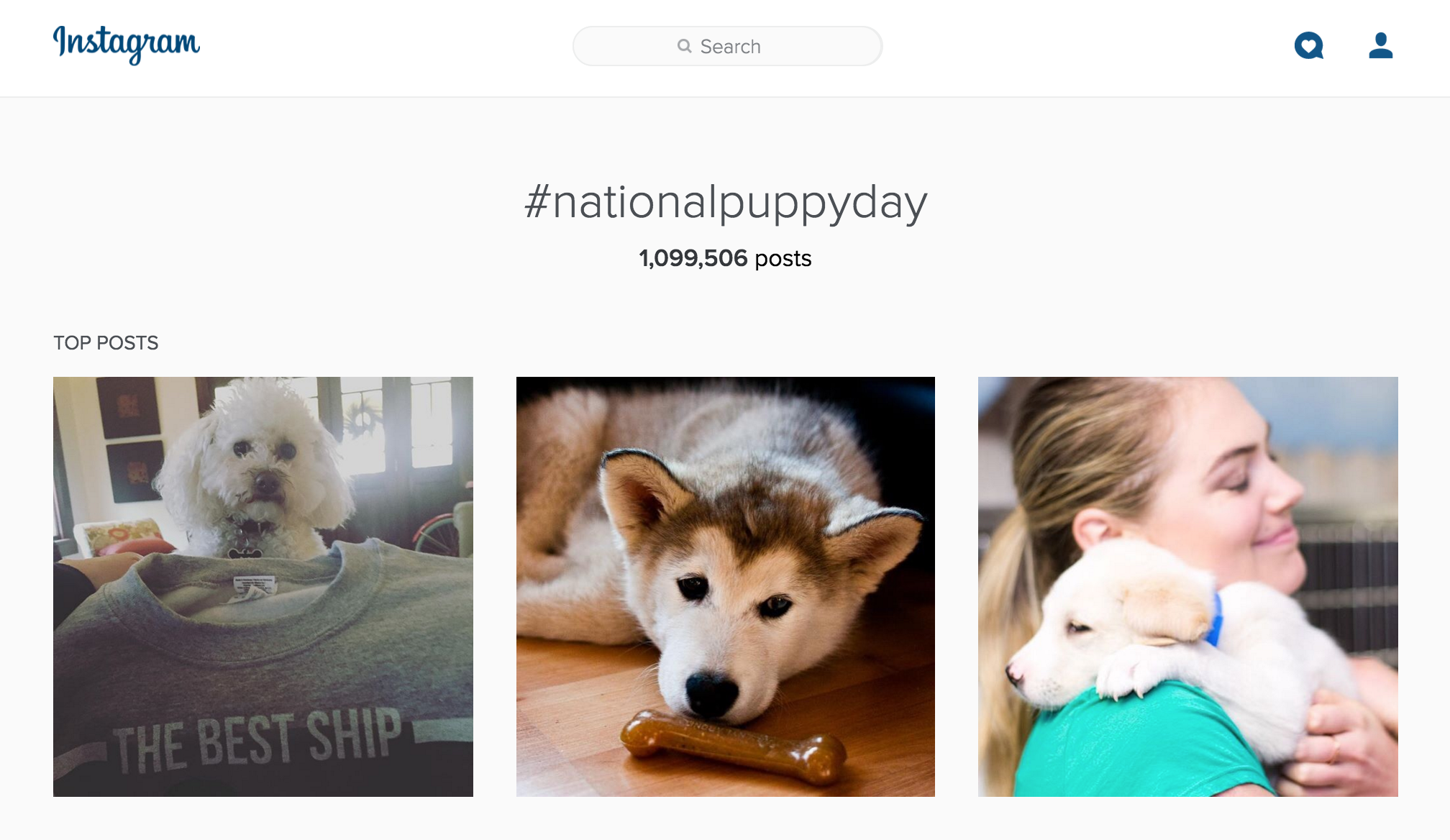
Even though Facebook owns Instagram, their hashtag search feed is much more simple in design and functionality. There are only categories, top posts and most recent.
- Top Posts: Instagram’s stream of the most popular photos with your searched hashtag
- Most Recent: The live stream of all photos with your searched hashtag
- Trending: Instagram’s hot topics suggested to each user
- Explore: Posts that the user might find interesting base on previous search behavior
So there you have it, the basics on using hashtags to promote your company on three of social media’s largest sites. Once you’ve mastered adding popular tags to your posts, try creating your own to use for your company. For example, we use #DogsOfiOffice on some of our posts about the dogs in our workplace. Do a bit of research to see what other companies in your industry have used, and remember to keep it short. Hashtags should be unique so people can find them but you never want it to be so long it takes up too much of your post. Happy hashtagging!
